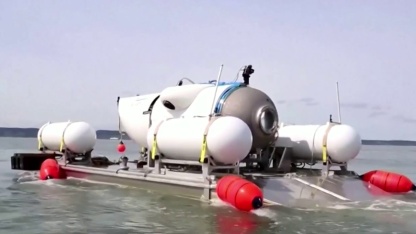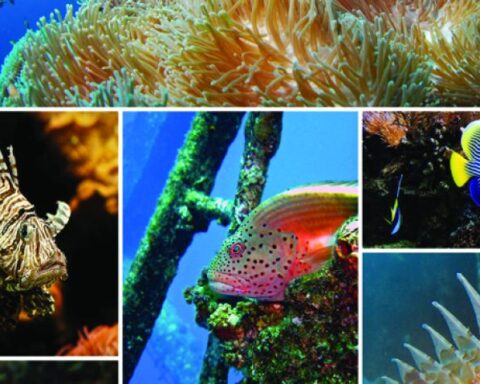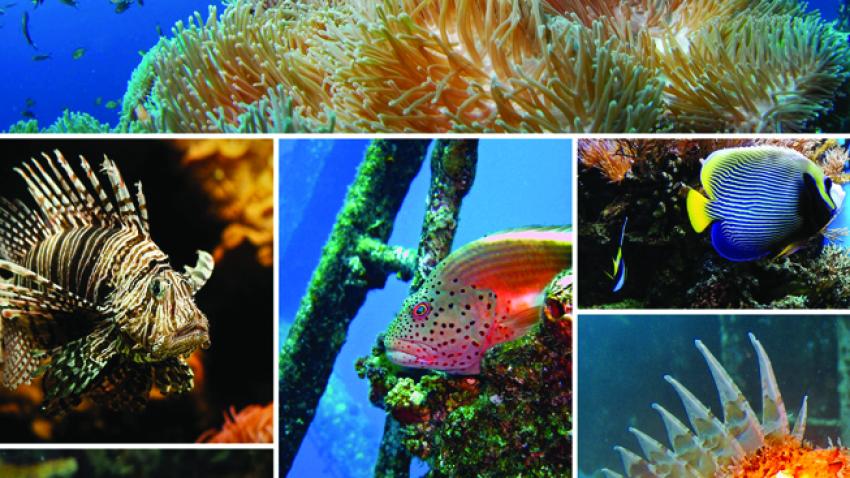A submersible vessel carrying five people to see the Titanic’s wreckage in the North Atlantic has gone missing, triggering a multinational search-and-rescue operation, US and Canadian authorities said Monday.
The vessel, operated by OceanGate Expeditions, began its descent on Sunday morning and lost contact with the surface less than two hours later, the US Coast Guard said on Twitter.
One of those onboard is believed to be a British aviator after he posted on social media about joining the expedition beforehand.
The US Coast Guard said in a statement Monday that one of its aircraft was “searching for five persons after the Canadian research vessel Polar Prince lost contact with their submersible during a dive, approximately 900 miles (1,450 kilometers) east of Cape Cod.”
The Canadian Coast Guard said it too is taking part in the search effort with a fixed-wing plane and a ship sent to the search area.
On its website, OceanGate Expedition says a dive expedition to the Titanic site was “currently underway.”
The company says it uses a submersible named Titan for its dives to a maximum depth of 4,000 meters (13,100 feet). It has a range of 96 hours for a crew of five.
In a statement quoted by CBS News and other media outlets, OceanGate Expeditions said: “Our entire focus is on the crewmembers in the submersible and their families.”
British billionaire and aviator Hamish Harding had on Sunday posted on his Instagram account that he was “proud to finally announce” he had joined the OceanGate Expedition “for their RMS TITANIC Mission as a mission specialist on the sub going down to the Titanic.”
“Due to the worst winter in Newfoundland in 40 years, this mission is likely to be the first and only manned mission to the Titanic in 2023,” added the 58-year-old aviator.
“A weather window has just opened up and we are going to attempt a dive tomorrow.”
It was not known who else was onboard. Harding wrote that “the team on the sub has a couple of legendary explorers, some of which have done over 30 dives to the RMS Titanic since the 1980s.”
The Titanic hit an iceberg and sank in 1912 during its maiden voyage from England to New York with 2,224 passengers and crew on board. More than 1,500 people died in the tragedy.
The wreckage is in two main pieces 400 miles off the coast of Newfoundland, Canada, under 12,500 feet of water. It was found in 1985 and remains a source of fascination and a lure for nautical experts and underwater tourists.
Without having studied the craft itself, Alistair Greig, professor of marine engineering at University College London, suggested two possible theories based on images of the vessel published by the press.
He said if it had an electrical or communications problem, it could have surfaced and remained floating, “waiting to be found.”
“Another scenario is the pressure hull was compromised -– a leak,” he said in a statement. “Then the prognosis is not good.”
While the submersible may still be intact during its dive, “there are very few vessels” able to go to the depth to which the Titan might have traveled.
AFP






